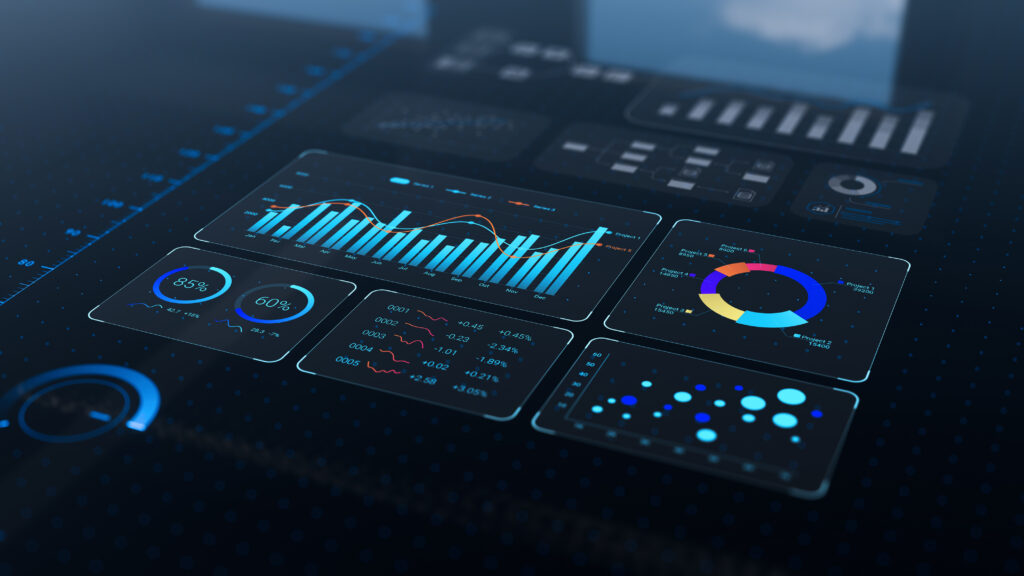The digital marketing world stands at an inflection point. Artificial intelligence is no longer just changing how we optimize campaigns—it’s fundamentally altering how consumers discover brands, make decisions, and interact with advertising. For marketers relying on Google Ads, these shifts demand immediate attention and strategic adaptation.
Over the past two years, we’ve witnessed Google accelerate its AI integration at a breathtaking pace. What began with machine learning optimizations in bidding strategies has evolved into a complete transformation of the search experience itself. The introduction of AI Overviews (formerly Search Generative Experience) and the more recent AI Mode represent the most significant changes to Google’s core product since its inception.
These developments arrive alongside equally disruptive changes in privacy regulations and user behavior. The combination creates both extraordinary opportunities and existential challenges for digital advertisers. Those who understand these shifts and adapt accordingly will thrive. Those who cling to outdated approaches risk becoming irrelevant.
Overview
The New Search Landscape
Google’s AI-powered search features have fundamentally changed how users interact with search results. Where previously a query might return ten blue links, today’s searches increasingly provide immediate answers through AI-generated summaries. Early data suggests AI Overviews now appear in nearly 20% of searches, with that percentage growing steadily.
This shift produces several critical effects:
First, click-through rates on both organic and paid results decline when AI answers appear. Users get their information directly from Google, eliminating the need to visit source websites. For advertisers, this means fewer opportunities to capture leads or sales through traditional search marketing.
Second, the remaining clicks become more valuable. Users who bypass AI answers to click on ads or organic results typically demonstrate stronger purchase intent. This creates a paradox—fewer total conversions, but potentially higher-quality ones.
Third, the types of queries that trigger AI responses skew heavily toward informational content. Transactional searches (those indicating readiness to buy) still primarily return traditional results. This distinction becomes crucial for campaign strategy.
The Attribution Crisis Deepens
Just as AI reshapes search behavior, the ongoing collapse of traditional tracking methods compounds marketing measurement challenges. The privacy movement, which began with the GDPR and was accelerated by Apple’s App Tracking Transparency framework, has made last-click attribution increasingly unreliable.
Consider the modern customer journey: A consumer might first encounter a brand through a YouTube ad, later search for related products, see display ads across various sites, and finally convert through a branded search. In this environment, giving full credit to the final touchpoint provides a dangerously incomplete picture.
AI-powered search exacerbates this problem by inserting another layer between marketers and their audiences. When users get answers directly from Google, those interactions become invisible to traditional tracking methods. The result is what we might call “attribution dark matter”—critical influences on purchase decisions that standard analytics cannot detect.
The Rise of Performance Max and AI-Optimized Campaigns
Google’s response to these changes comes in the form of increasingly automated campaign types, particularly Performance Max. This AI-driven approach consolidates advertising across Google’s entire ecosystem—Search, Display, YouTube, Discover, Gmail, and Maps—optimizing placements in real-time based on conversion goals.
Performance Max represents both an opportunity and a challenge. On the one hand, it leverages Google’s powerful AI to find conversions across channels that marketers might otherwise overlook. On the other hand, it reduces transparency and control, making campaign optimization more opaque.
The most successful advertisers will be those who find the right balance—using Performance Max for its expansive reach while maintaining strategic oversight through:
- Rigorous conversion tracking setup
- Careful audience signal selection
- Ongoing creative testing
- Clear performance benchmarking
- Brand Building in an AI-Dominated Landscape
Perhaps the most significant implication of these changes is the renewed importance of brand marketing. In an environment where direct response metrics become increasingly challenging to track and last-click attribution loses its meaning, brand equity emerges as the stabilizing force.
Strong brands benefit from several AI-era advantages:
They appear more frequently in AI-generated answers due to their authority. Consumers recognize them across multiple touchpoints. They command premium positioning in shopping results. And they enjoy higher conversion rates when users do click through to their properties.
This reality demands that advertisers shift budget and attention toward brand-building channels, particularly video and display, while maintaining performance marketing efforts. The most effective strategies will create virtuous cycles where brand awareness fuels performance campaigns, and performance data informs brand messaging.
The Path Forward
Navigating this new landscape requires fundamental shifts in strategy:
First, marketers must embrace AI-powered campaign types while maintaining strategic control. This means adopting Performance Max, but doing so with clear conversion tracking and performance benchmarks.
Second, measurement approaches must evolve beyond last-click models. Multi-touch attribution, marketing mix modeling, and incrementality testing all become essential tools for understanding true impact.
Third, content strategies need to adapt to AI search behavior. This means creating comprehensive, authoritative resources that answer user questions in depth, precisely the content AI Overviews favor.
Finally, and perhaps most importantly, advertisers must recognize that the rules have changed. Strategies that worked five years ago or even two years ago may no longer be applicable. The most successful marketers will be those who approach this new environment with flexibility, curiosity, and a willingness to experiment.
The AI revolution in digital marketing isn’t coming, it’s here. The question isn’t whether to adapt, but how quickly and effectively marketers can do so. Those who move decisively will find extraordinary opportunities in this new landscape. Those who hesitate risk being left behind.
For marketers seeking guidance in navigating these changes, Sachs Marketing Group offers deep expertise in PPC advertising strategies optimized for AI. Our team stays at the forefront of industry shifts, helping clients adapt their approaches to maximize results in this new era of digital marketing. Contact us today to future-proof your Google Ads strategy.
Contact us today to get the conversation started!









